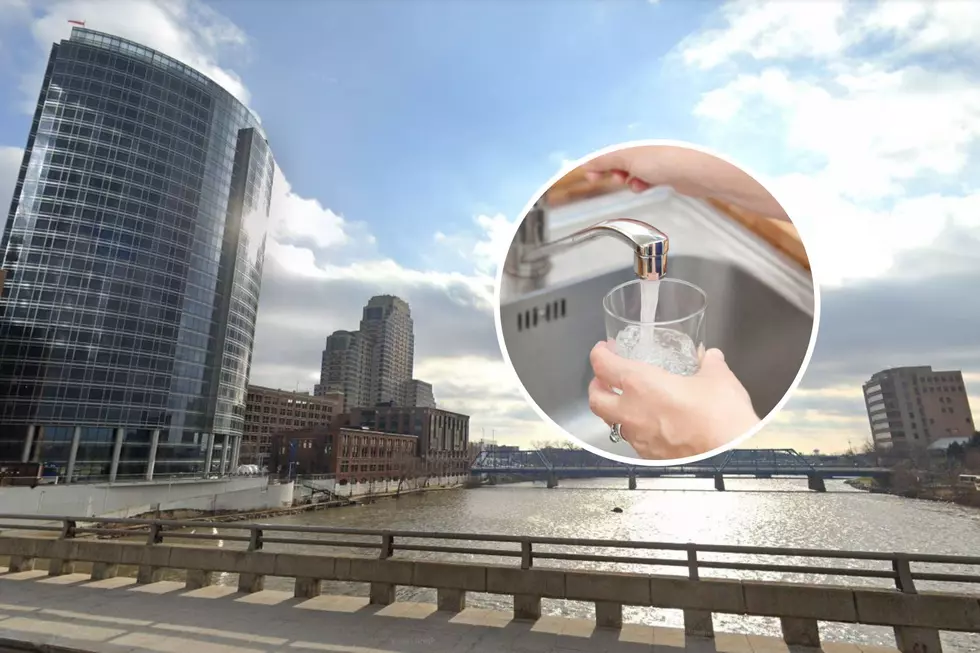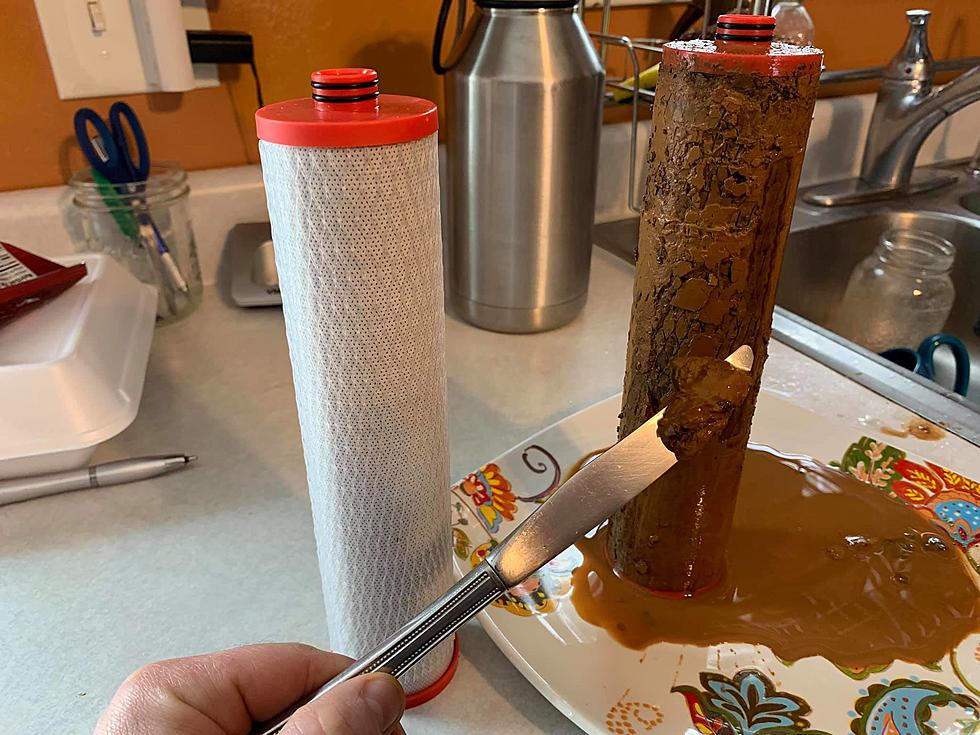
City of Kalamazoo Issues Water Statement; Says Water Is Safe
As the Flint water crisis continues, people have been questioning the safety of other large municipal water system around Michigan. This prompted the City of Kalamazoo to issues this statement on Thursday afternoon.
The statement says recent water test results put the lead level below the federal lead level, but above the World Health Organizations recommended level. It goes on to explain some of the reasons the level is higher than some would like.
The statement reads as follows: "In light of the recent events unfolding in Flint, Michigan, the quality and safety of drinking water and concerns about lead exposure have come to the forefront for many Kalamazoo residents.
"Kalamazoo’s water supply system is the second largest groundwater drinking system in Michigan. The system is in compliance with the 1992 Safe Drinking Water Act Lead and Copper Rule and all revisions since.
"Kalamazoo has also had a proactive annual lead service replacement program for over twenty years. While some lead service lines remain in use, the City replaces lead services as a part of all street restoration projects, during repairs to services line breaks, and whenever testing indicates the 15 part per billion action level has been exceeded. Kalamazoo has also utilized sodium hexametaphosphate treatment since 1956 to prevent service lines from corroding and contaminating the water supply. Limited treatment with chlorine for disinfection and fluoride to reduce tooth decay are also performed, all by an automated feed control system which is monitored 24 hours a day by state licensed personnel.
"The City’s Public Services Division maintains a state certified laboratory which ensures that over 10,000 analyses are conducted each year on samples from several locations throughout the City. These analyses test for the absence of micro-organisms, the levels of treatment chemicals, and fulfill the requirements of the State’s Copper and Lead Rule and other regulatory and process control requirements. Sampling data can be found in the City’s annual water quality report, which is sent to each service address and available online here.
"The most recent lead levels available for Kalamazoo's water system are reported as 13 parts per billion. This level is below the U.S. Federal Action Level but, as some have noted, above the World Health Organization recommended level of 10 pbb. The 13 ppb level is based on 59 samples from around the city: 53 samples (90%) were less than the method detection level of 3 pbb, 3 samples were between 9 and 4 pbb, and 3 samples were at or above the action level of 15 pbb. The samples that were above the action level were taken from an outside hose, a vacant house, and a utility sink with a lead solder. Those three samples were considered "Tier 1" (meaning they had lead service lines). Those lines have since been replaced. The City of Kalamazoo also takes protecting our water source very seriously: Kalamazoo has an MDEQ approved Wellhead Protection Program and has been designated as a Groundwater Guardian community for every year since 1998.
"In 2014 we also received an Exemplary Source Water Protection Award from the American Water Works Association. The most common threat of lead exposure in Kalamazoo is from residual lead paint that was used in older homes. Lead paint has been banned since 1978 but still exists in some older housing stock. Lead paint dust can be released by the friction of opening and closing doors or windows if lead paint had previously been used in the home.
"If you are concerned about the possibility of lead in your home, private contractors can perform testing for lead and offer options for remediation. The Centers for Disease Control and Prevention also offers some advice on their web site here. The City of Kalamazoo is committed delivering the highest quality water, to the ongoing protection of our groundwater at its source, and promoting a safe community for everyone in Kalamazoo."
More From 107.7 WRKR-FM









